It’s been around for almost 200 years. But, as other packaging formats gain in popularity, can the humble food can hold its own? Michele Witthaus reports
Then there’s the square can from Corus. As well having some on-shelf impact, it was designed to make better use of space on the shelf. But it is finding few takers, because the fact that it requires a different manufacturing process than the curved sheets of steel in the traditional can makes it significantly more expensive to make.
Almost 200 years after it first appeared, revolutionising the food industry in the process, the humble can remains a staple item on shop shelves and in household cupboards. But there are signs that the trusty old can has lost some of its gloss and other packaging formats are stealing some of its share. Rigid plastic pots and flexible pouches were the first to break the can’s monopoly; now brand owners and retailers are increasingly being lured by the sexy appeal of the carton.
You can see why packs such as the Tetra Recart carton have quickly become the natural enemy of the food can: they are suitable for packing a wide range of products; have a 24-month shelf-life; offer more impact at point of sale, thanks to the fact that paperboard is able to take high quality printing; sit better on shelves; and offer supply chain benefits.
Sainsbury, for instance, recently decided to package all of its ambient tomato products in Tetra Recart cartons, ditching cans altogether. The retailer cited increased convenience for consumers and the supply chain as the reason for the move.
There’s another reason why the can has fallen out of favour, says Awie Montano of Tetra Pak, which manufactures the Recart carton: it’s very much seen as the package of choice for commodity products. “Beans at 8p per unit introduced a few years back probably didn’t help in maintaining a quality perception about cans,” he says.
That message certainly resonates with leading European vegetable specialist Bonduelle, which has committed major resources to Tetra Pak systems. In Italy, the company has abandoned the 400g can altogether in favour of Tetra Recart, with an accompanying increase in distribution of approximately 20%.
Now it has launched the concept in the UK, with a range of premium vegetable products recently launched in Sainsbury.
British consumers are ready for a change, says Tjen Schifferstein, managing director of Bonduelle, which has adapted four recipes to the UK market. He says: “British people do not have much choice of what to buy in the ambient food section of the supermarket. We are expecting to have a distribution level of 35% of trade availability in the UK by July.”
Such developments are clearly worrying the canmakers, who are watching nervously as packs such as the carton nibble away at their traditional market.
But Philippe Wolper, managing director of the Association of European Producers of Steel for Packaging, laughs off any suggestion that the can’s days are numbered.
Consumers trust the can, he says, adding: “The can has a number of intrinsic qualities that are well recognised by consumers in Europe, as a recent pan-European TNS survey demonstrates. Consumers said they found that cans were tamper-proof, easy to stack, and offered good protection of the contents.”
He is correct in claiming that consumers still have a soft spot for the grandaddy of the packaging world - particularly when many cans today come with an easy-open end. In a recent survey in The Grocer, consumers rated the ringpull can as the seventh greatest invention of the past 100 years. It beat other packaging innovations such as screw-top wine bottles, plastic bottles and the Tetra Pak cartons (ironic, given that it’s a variant of the original carton that is giving the can such a headache at the moment).
Aside from adding easy-open ends, the canmakers have found other ways of reinventing their product in recent years, albeit with little success.
In the early 1990s, packaging giant CMB came up with a novel fluted can, with an easy-open end. The can could be printed on, so it did not need labels, giving it real standout on shelves. The so-called Quantum can did make a stir when it was launched, but it flopped. And that was mainly down to cost, says packaging expert Ron Pidgeon. “It was a clever technical design that never took off on the shelves,” he says.
Somewhat inevitably, price is the biggest hurdle to be overcome by any packaging innovation hoping to make it big in grocery. And that’s good news for the original food can, which remains as one of the most cost-effective packaging solutions around, with attributes that few rivals can match.
As Matthew Donnelly of food importer and distributor Martin Mathew & Co says: “Millions of canned food products are sold every week. It’s a convenient food packaging option with a very long ambient shelf life.”
Yet even the biggest fans of the food can admit it’s a little, well, dull. This image problem was confirmed in a recent survey for The Grocer by HI Europe, which found that consumers rated the canned goods aisle as their least favourite part of the store. They also said it was one of the places where they browsed the least.
Worse still, ambient grocery is under intense pressure for space in stores as retailers look to boost their sales of higher-margin fresh and chilled foods by squeezing out more traditional areas. And it is these dynamics, more than the incursions being made by competing packaging formats, that will determine the future of the food can.
The end may not yet be in sight for the can. But you can see why the canmakers are growing increasingly worried.
Sign in to comment on this article
Not logged in before? Register for FREE guest access today.
You will be able to:
- Read more stories
- Receive daily newsletters
- Comment on stories
Advert

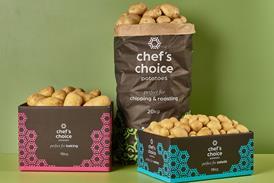


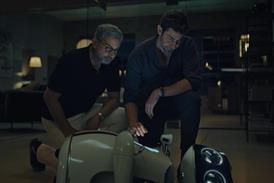
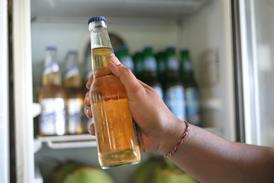


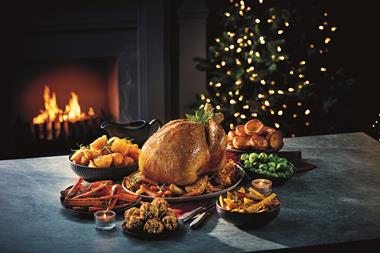



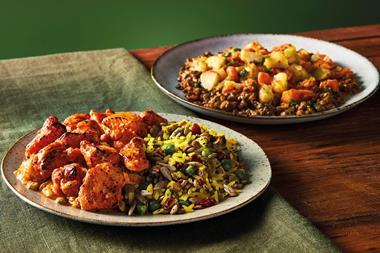
No comments yet